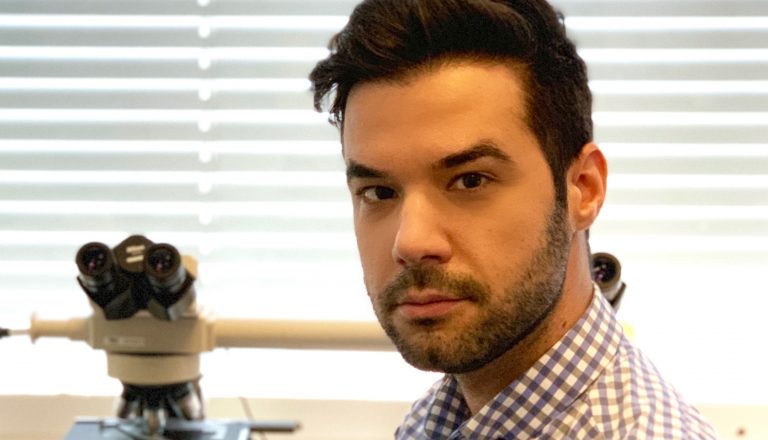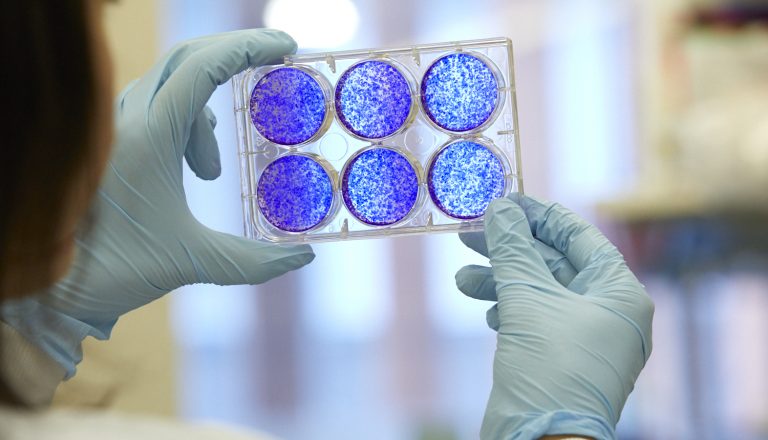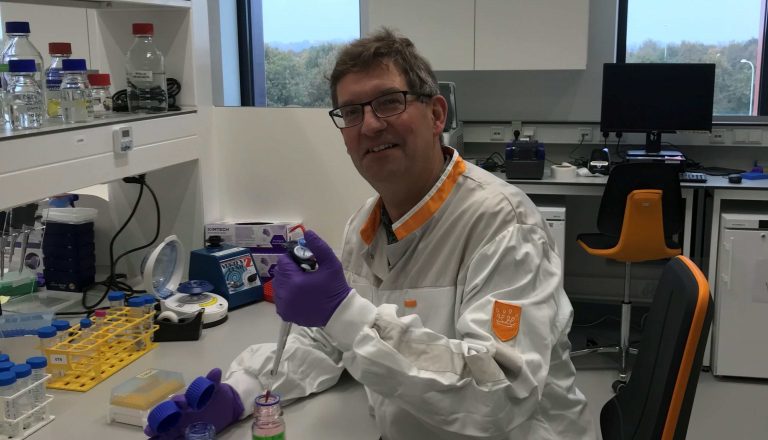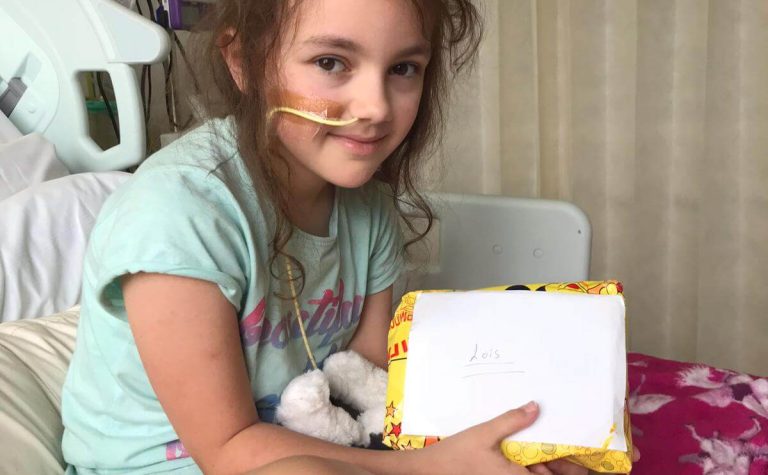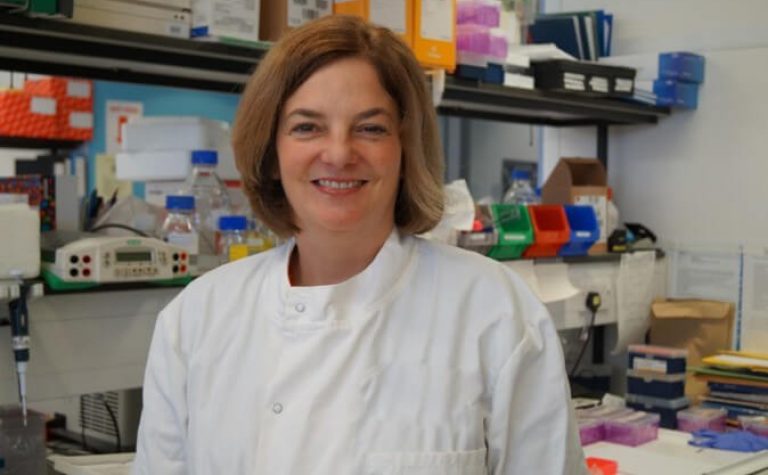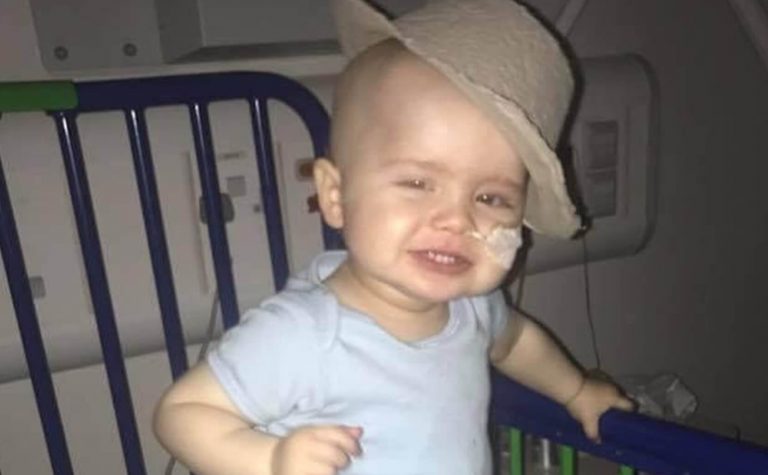Acute myeloid leukaemia
Acute myeloid leukaemia (AML) is an overproduction of immature myeloid cells, called myeloblasts. Around 76 of new cases of childhood AML are diagnosed every year in the UK, which accounts for 15% of children’s leukaemia cancer cases.
We need to find new treatments for acute myeloid leukaemia, particularly for children whose disease comes back.
Dr Rogosic.
We’re funding Dr Rogosic to develop a new treatment for AML which could give these children a better chance of survival from this aggressive form of cancer.
Learn about acute myeloid leukaemia